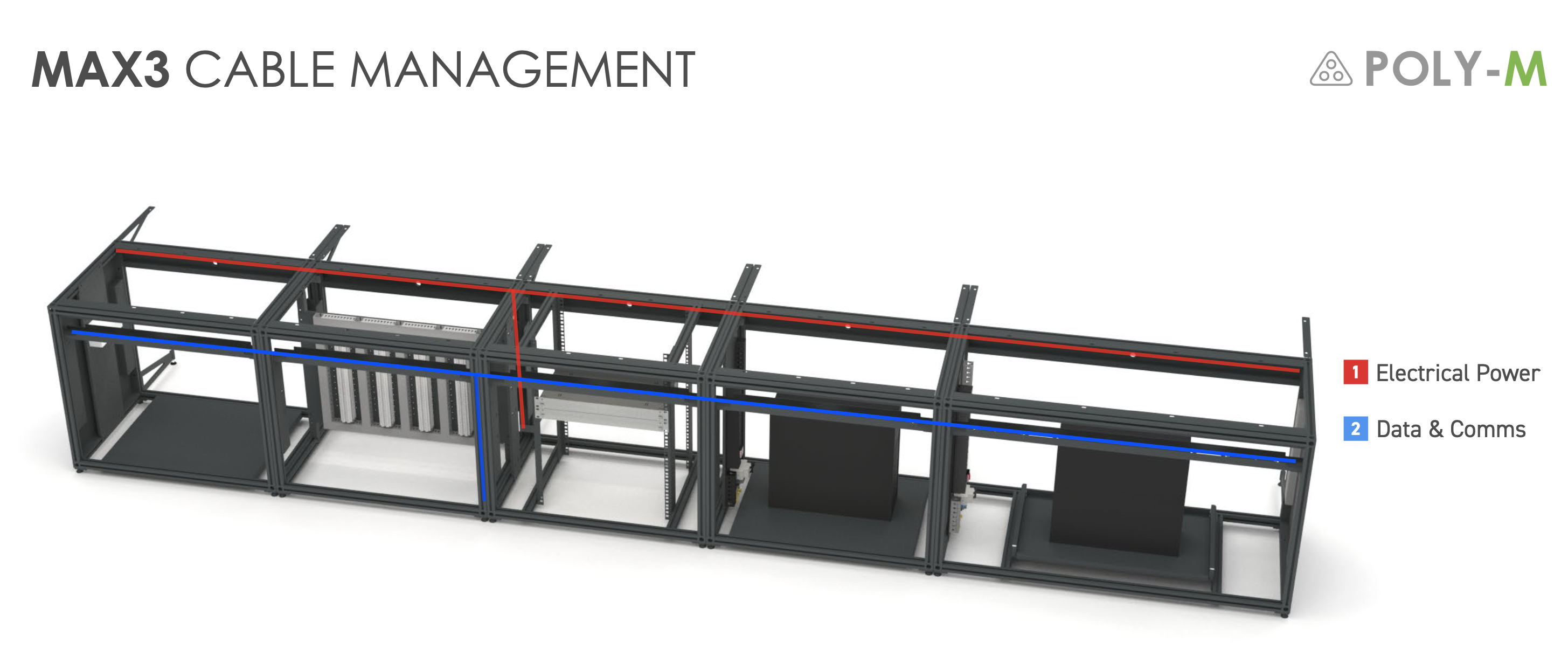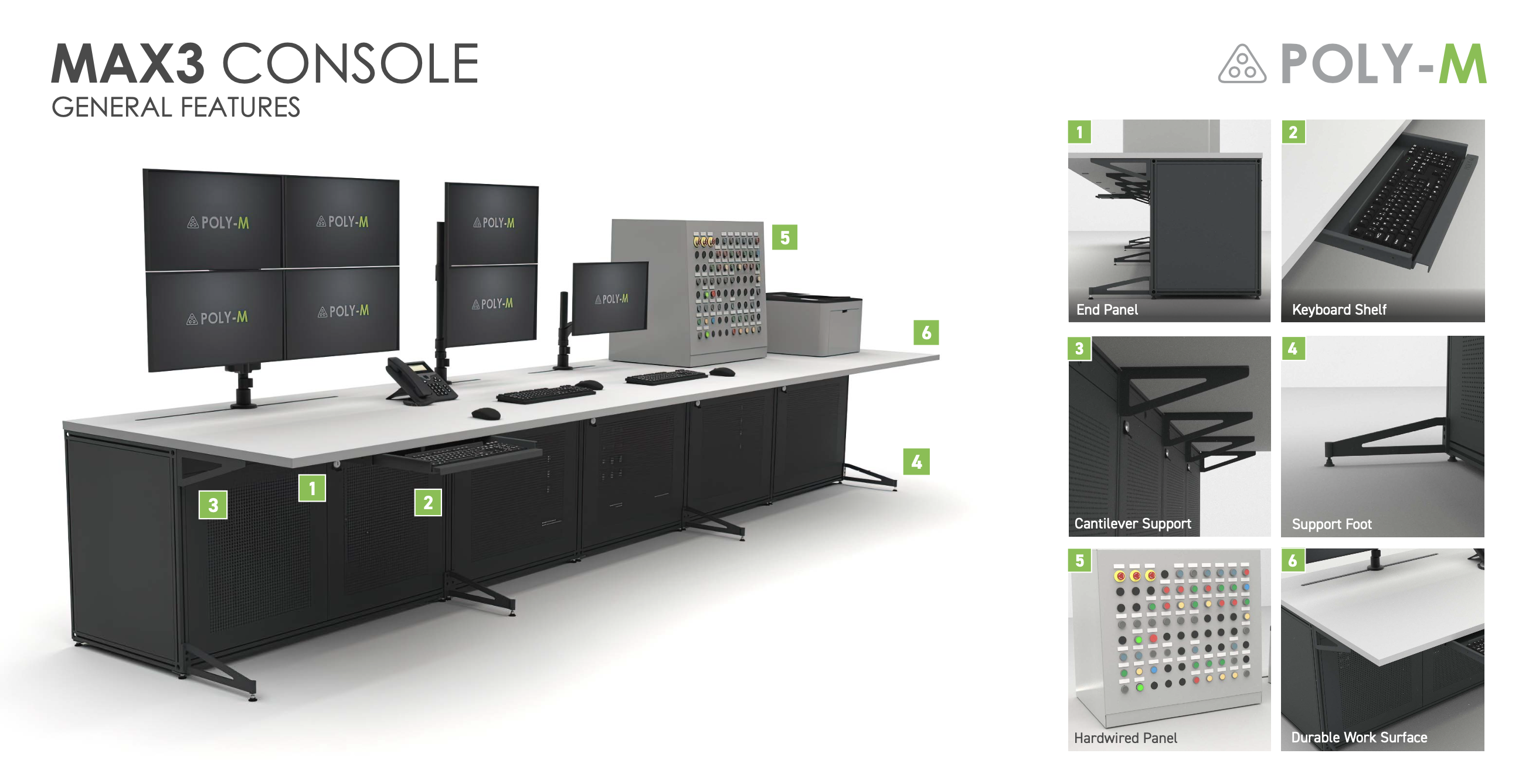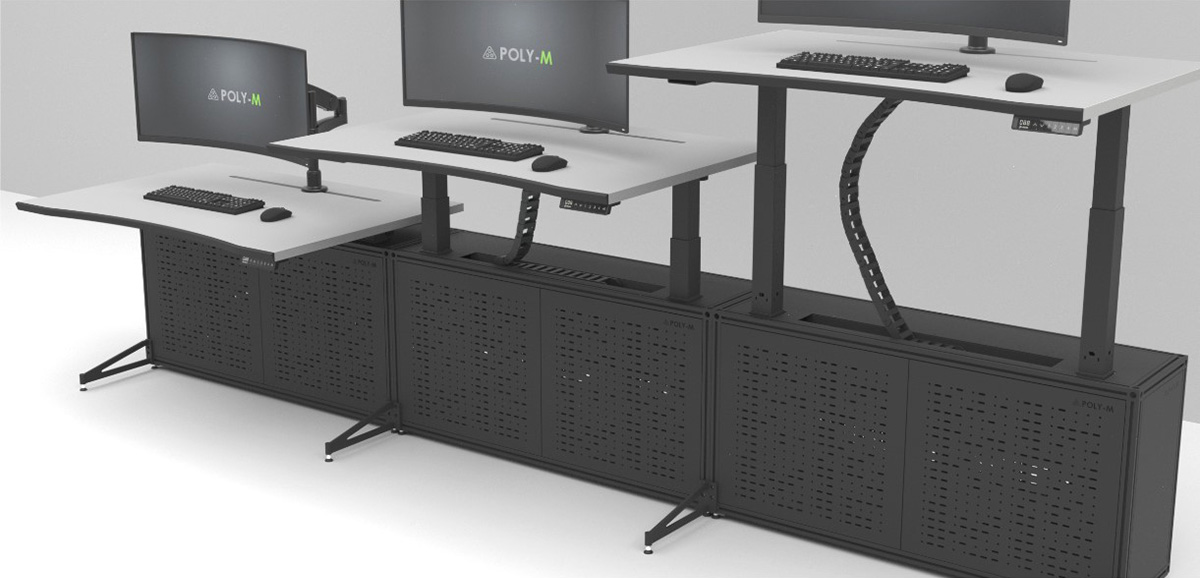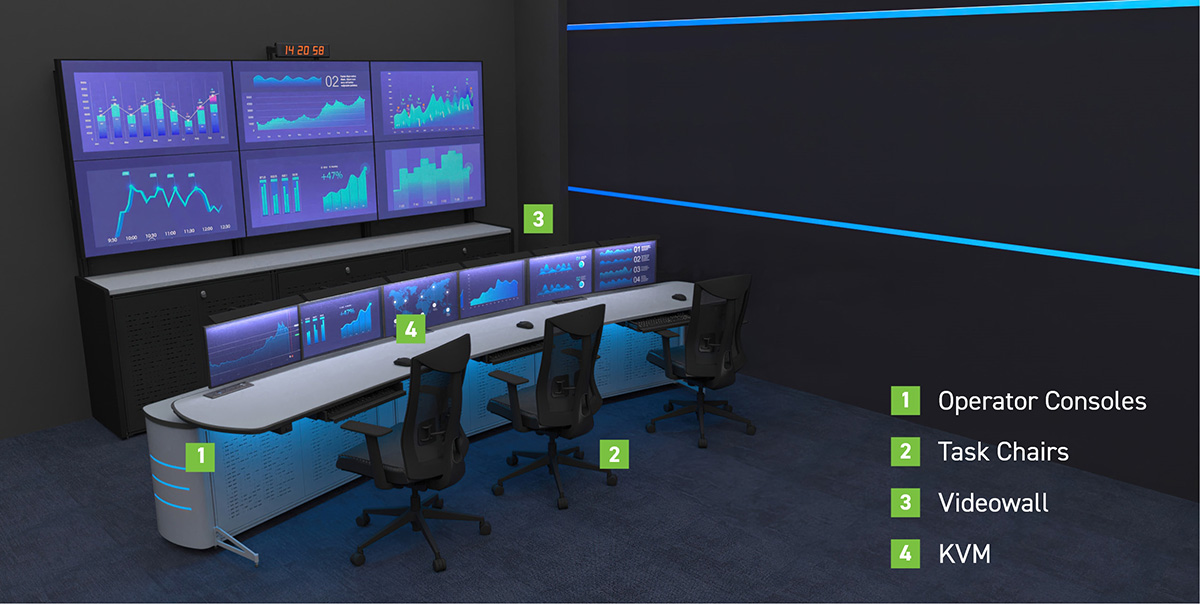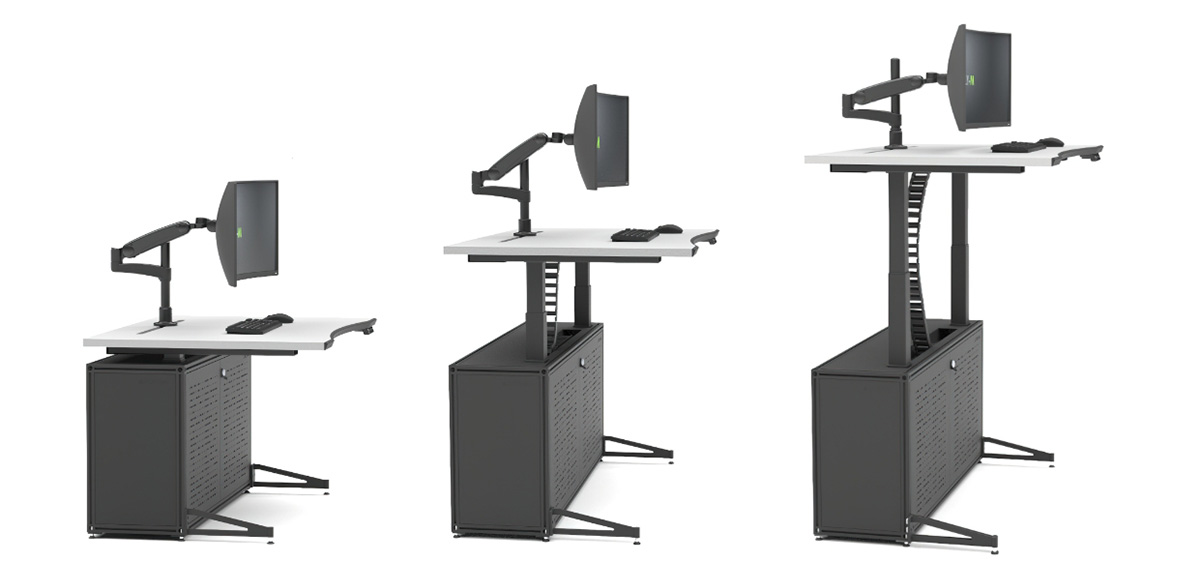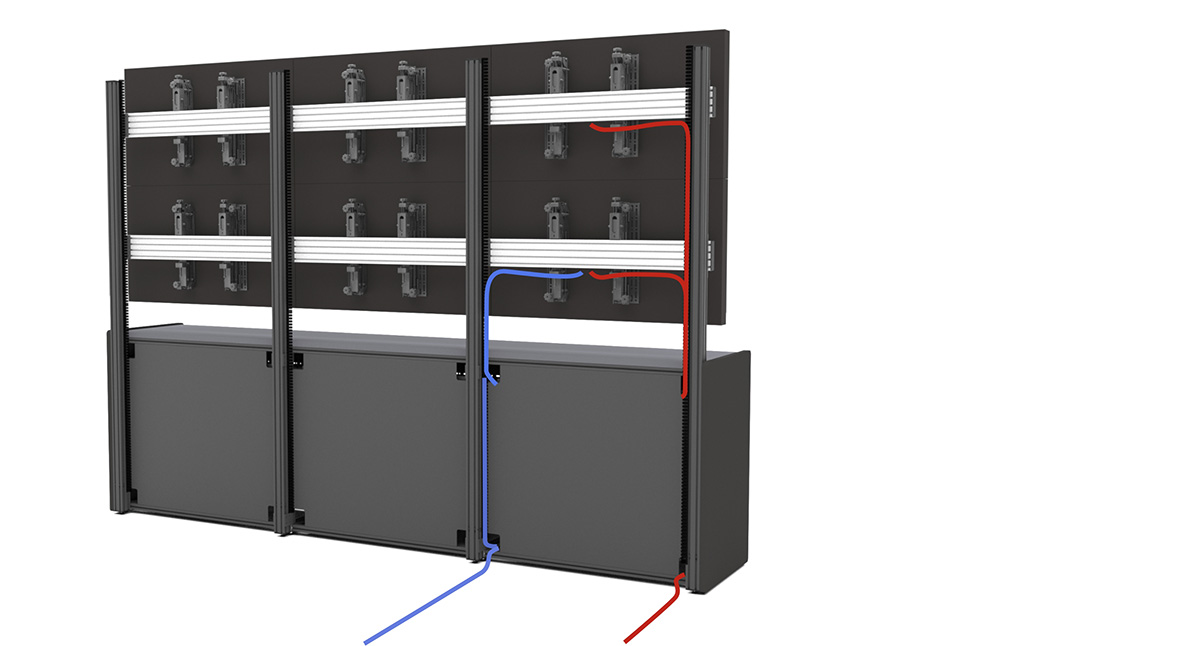What is Technical Furniture?
Technical Furniture: Functionality Meets Design in Specialized Workspaces
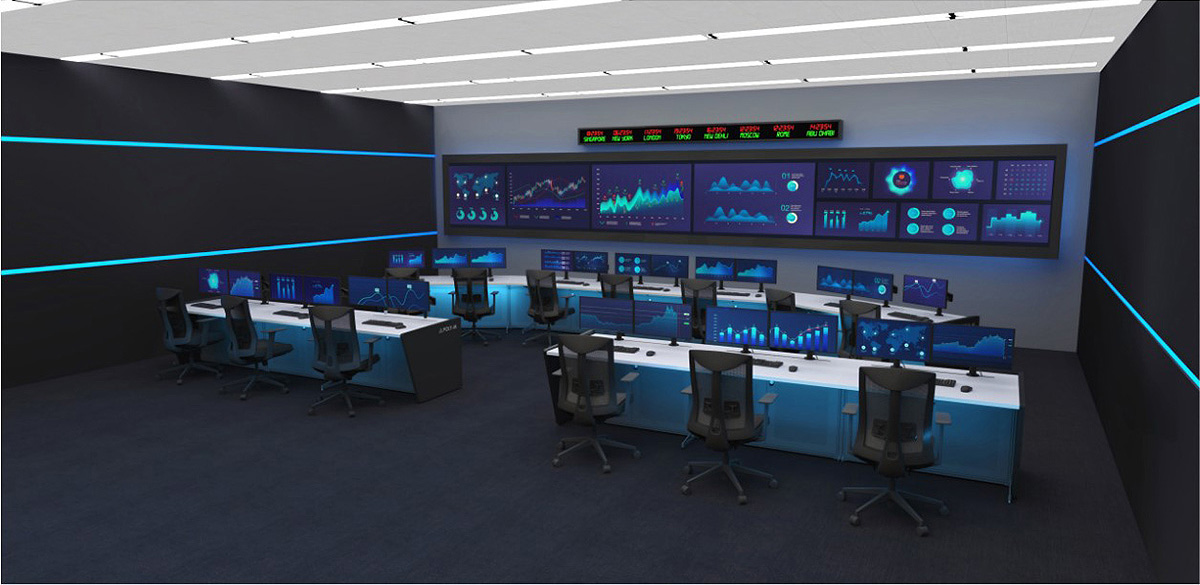
Introduction to Technical Furniture
In high-performance work environments, standard office furniture often doesn’t meet the unique needs of specialized tasks. Enter technical furniture: a category designed with functionality, ergonomics, and durability at its core. Whether it’s a broadcast control room, research lab, or operations center, technical furniture provides purpose-built solutions for professionals who rely on equipment-intensive setups and need robust, adaptable workstations. This specialized furniture supports the demands of technology-driven workspaces, facilitating productivity and comfort in equal measure.
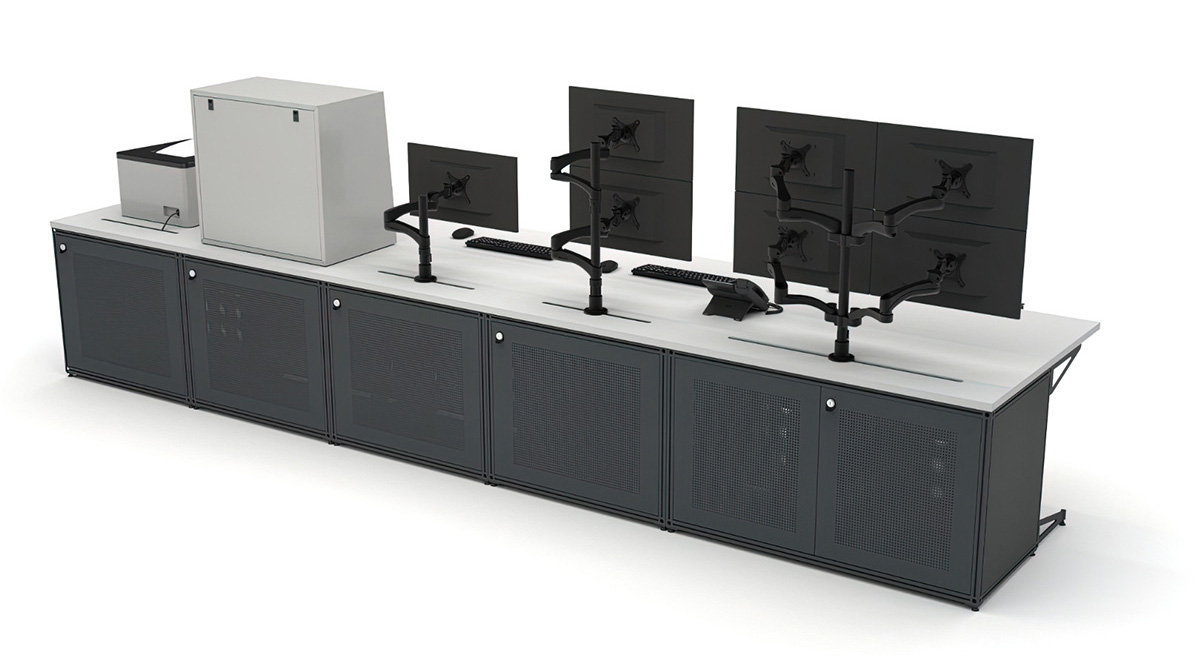
What is Technical Furniture?
Technical furniture refers to purpose-designed workstations, consoles, and cabinetry tailored for highly specialized, tech-intensive environments. Unlike traditional desks or office furniture, technical furniture is crafted to support heavy equipment, provide robust cable management, and offer ergonomic customization. Technical furniture is commonly used in 24/7 environments and is built to last. Its design prioritizes accessibility, modularity, and long-lasting durability. Technical furniture is commonly found in control rooms, broadcast studios, laboratories, and healthcare facilities, where complex equipment setups and intensive workflow demands require furniture that can seamlessly integrate with the surrounding technology.
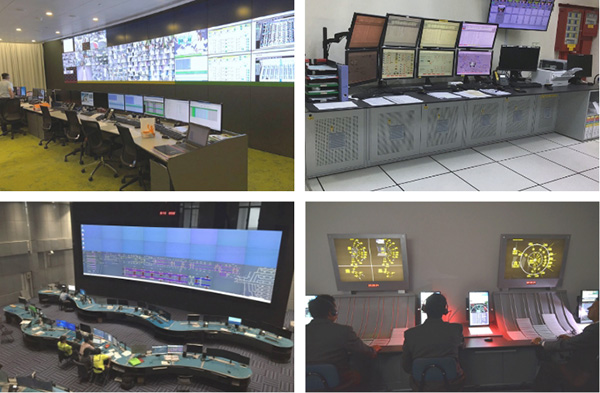
Types of Technical Furniture
There are several main types of technical furniture, each catering to the needs of different professional settings:
-
Control Room Consoles – Multi-monitor setups designed for operators who need continuous access to information, common in security, utilities, and emergency services.
-
Laboratory Furniture – Resistant to chemicals and designed for easy sanitization, lab furniture provides work surfaces and storage for scientific and medical equipment.
-
Command Center Desks – Used in government and military applications, these desks often have advanced monitoring setups and durability to support 24/7 operations.
-
Broadcast Studio Furniture – Specialized furniture that holds audio, video, and lighting equipment, often with soundproofing and adjustable mounts.
-
Technical Workbenches – Used in workshops and assembly lines, these sturdy benches support tools and equipment with modular shelving and drawers.
Each type of technical furniture is built to meet the demands of its specific environment, supporting the workflow and equipment needs of various professional fields.
Key Features of Technical Furniture
Technical furniture is designed with a range of unique features that set it apart from standard office furniture:
-
Ergonomics – Adjustable height, flexible monitor arms, and footrests support long-term comfort and health.
-
Durability – Built with strong materials like steel and high-pressure laminate to withstand heavy usage.
-
Modularity – Components can be rearranged, added, or removed to adapt to changing equipment needs.
-
Cable Management – Integrated channels and panels organize and hide cables, improving safety and aesthetics.
These features make technical furniture versatile and essential in environments where high-tech setups are the norm.
Technical Furniture vs. Traditional Office Furniture
While traditional office furniture serves general workspace needs, technical furniture is designed for specific functions and environments. Here’s a comparison:
| Feature | Technical Furniture | Traditional Office Furniture |
|---|---|---|
| Purpose | Supports specialized tasks and equipment | General office tasks |
| Durability | High-grade materials for heavy use | Moderate durability |
| Cable Management | Advanced cable management systems | Minimal cable management |
| Customization | Highly modular and adaptable | Limited customization options |
Technical furniture provides functionality that standard furniture lacks, which is essential in high-tech and mission-critical environments.
Industries That Use Technical Furniture
Many industries rely on technical furniture for efficient and organized workspaces:
- Broadcast and Media – Newsrooms, radio stations, and TV studios need specialized consoles for audio and video equipment.
- Healthcare – Hospitals and labs require durable, easy-to-clean furniture that can support medical devices and testing tools.
- Research and Development – Laboratories and testing facilities need furniture that can withstand chemicals and provide stable surfaces.
- Security and Surveillance – Security control rooms benefit from ergonomic consoles with multi-screen capabilities and secure storage.
- Government and Military – Command centers use technical desks that support sensitive equipment and ensure operational security.
Each industry has its unique demands, making technical furniture a vital part of their operations.
Benefits of Technical Furniture
Technical furniture provides several benefits that improve productivity and organization in specialized work environments:
-
Enhanced Productivity – Ergonomic designs reduce strain, allowing operators to stay focused during long shifts.
-
Organized Workspaces – Built-in storage and cable management keep workstations tidy and reduce the risk of tripping over cords.
-
Customizable Configurations – Modularity allows furniture to be adapted based on specific task requirements.
-
User Comfort – Height adjustability and monitor positioning support a comfortable posture, minimizing fatigue.
These advantages make technical furniture ideal for high-intensity work environments, enhancing the efficiency and well-being of the workforce.
How Technical Furniture Enhances Workflow
The thoughtful design of technical furniture enhances workflow by providing easy access to equipment, reducing physical strain, and supporting seamless organization. For example, in a control room, consoles with adjustable monitor arms and built-in cable channels help operators monitor multiple feeds without obstruction. Similarly, lab furniture designed with chemical-resistant surfaces and ample storage makes it easier for scientists to work without the worry of damaging their workspace. In every case, technical furniture creates an environment where the layout supports the flow of tasks, reducing time wastage and physical clutter.

Ergonomics in Technical Furniture
Ergonomics plays a central role in technical furniture design, as these workspaces are often used for long hours:
-
Adjustable Heights – Sit-stand desks and adjustable height settings enable users to switch between sitting and standing.
-
Monitor Flexibility – Adjustable arms and mounts allow multiple monitors to be positioned at the best viewing angles.
-
Supportive Seating – Ergonomic chairs with lumbar support are essential for prolonged use in control rooms or labs.
With ergonomic features, technical furniture helps prevent repetitive strain injuries and promotes overall comfort, which is crucial for productivity.
Customizable Options in Technical Furniture
Many technical furniture solutions offer modularity and customization options to fit unique workspace needs:
-
Modular Units – Consoles, shelving, and workbenches can be configured differently depending on equipment or user requirements.
-
Accessory Options – Additional drawers, racks, and mounts allow for expanded storage and organization.
-
Personalization – Adjustable lighting, monitor placement, and storage compartments can be tailored to individual user preferences.
These options ensure that technical furniture can adapt to evolving needs and specific user preferences, making it both flexible and future-proof.
Technical Furniture Materials and Durability
Technical furniture is built from durable materials that support heavy use and withstand challenging environments. Common materials include:
-
Steel – Used for frames and supports, steel provides stability and strength.
-
High-Pressure Laminate – Resistant to scratches, chemicals, and moisture, making it suitable for lab furniture.
-
Tempered Glass – Often used in control room desktops for a sleek and scratch-resistant surface.
These materials not only enhance the longevity of the furniture but also ensure that it can withstand demanding environments.
Cable Management and Technology Integration
Technical furniture often includes advanced cable management solutions, essential for keeping cables organized and accessible:
-
Integrated Channels – Built-in channels route cables safely, preventing clutter and tangling.
-
Hidden Compartments – Concealed storage areas keep power strips and adapters out of sight.
-
Accessible Ports – Conveniently placed USB, power, and data ports support seamless tech integration.
Good cable management is crucial in tech-heavy environments, as it minimizes safety hazards and keeps the workspace organized.
Looking to build a control or command room that is designed for lasting durability and exceptional ergonomics? Let’s bring your vision to life—contact us today!
🏢 Green Technology Engineering Co., Ltd.
Experts in Smart Meeting Rooms, Control Rooms, and Modern Office Solutions
📞 Contact Us:
Tel: (+66) 02-742-7575
Line Official: @greentechnology (https://lin.ee/Q4nM7AI)
Website: www.gte.co.th
Facebook: https://www.facebook.com/SmartSpacebyGTE/
Email: [email protected]
📋 Contact us today for a free consultation
#SmartSpace #GTE #Controlroom #Commandroom #TechnicalFurniture
___________________________________________________
Reference:
POLY-M Ergonomics Driven Furniture designed in Singapore.
https://www.poly-m.asia/company.php
Ergonomics and Design A Reference Guide
https://ehs.oregonstate.edu/sites/ehs.oregonstate.edu/files/pdf/ergo/ergonomicsanddesignreferenceguidewhitepaper.pdf
Good posture when using display screen equipment
https://www.hse.gov.uk/msd/dse/good-posture.htm
Technical Furniture vs Office Furniture: Everything You Need to Know
https://www.technologydeskingtradingdesks.com/blog/technical-furniture-vs-office-furniture-everything-you-need-to-know
What Is Ergonomic Office Furniture?
https://blog.gebesa.com/en-us/what-is-ergonomic-office-furniture
POLY-M Ergonomics Driven Furniture designed in Singapore.
